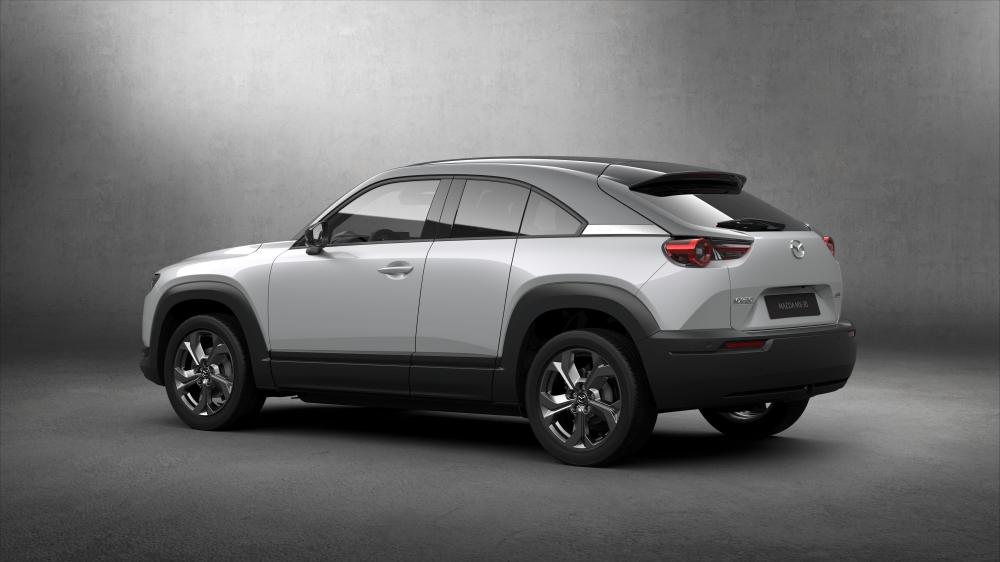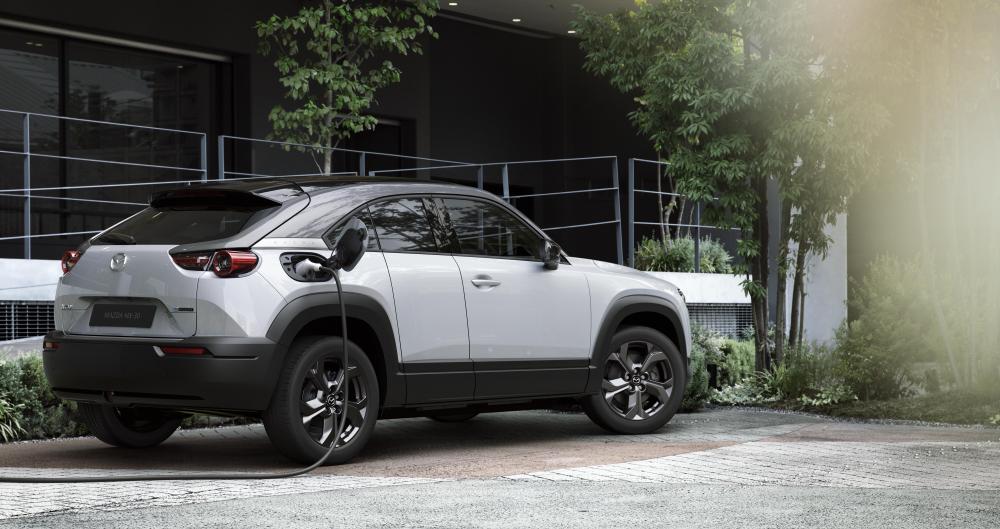During the Mazda MX-30 hybrid presentation, a model intended only for the Japanese market at the moment; the Japanese brand president has officially confirmed that they will launch in 2022 an electric version equipped with a range extender. A long-awaited move represents a risky bet in a market where the direction of the rest of the manufacturers has been the opposite.
And it is an option that other brands have abandoned due to several factors that make this alternative somewhat uninteresting, both from an economic point of view, with very high costs, to which is added the steady increase in the energy density and reduction in the price of batteries, and the expansion of recharging networks.

Currently, Mazda has not given many details of this proposal, and it has only been indicated that its rotary engine will not have a turbo and that it will have a single rotor. They have also said that it will take up two shoeboxes to take up too much space.
Thanks to this feature, the Japanese manufacturer will offer the current version of the MX-30, with its 35.5 gross kWh, 32 good kWh, which allows it to reach a range of 124 miles, plus what the extender provides.
Something that on paper could be interesting for those looking for a versatile model, capable of covering long distances without worrying about the recharging network. But the reality with these versions is usually different.
The problem for Mazda is mainly in the economic issue. The current version does not exactly stand out for its ambitious electrical system, worthy of a vehicle launched four or five years ago. But its price is updated since the cheapest version starts at 34,375 dollars before aid or promotions.
If we consider the reference at the time of the BMW i3, which we remember abandoned its REx version when installing the 42 kWh battery, we see that between the BEV and the Rex, there were almost 5,000 dollars of difference. This taking into account that BMW used as a range extender a simple 647 cc petrol two-cylinder engine from the motorcycle division, which, as we recall, could not meet the vehicle’s power needed when the battery reached 0%.
Therefore, Mazda will have to offer a compact engine and enough power. The configuration does not trigger its price for one year, 2022, where the supply of electric cars with long-range and more reasonable expenses will be much higher than the current one, something that can be extended to a greater or lesser extent depending on the region to public recharging networks.
Will Mazda succeed with its bet?

